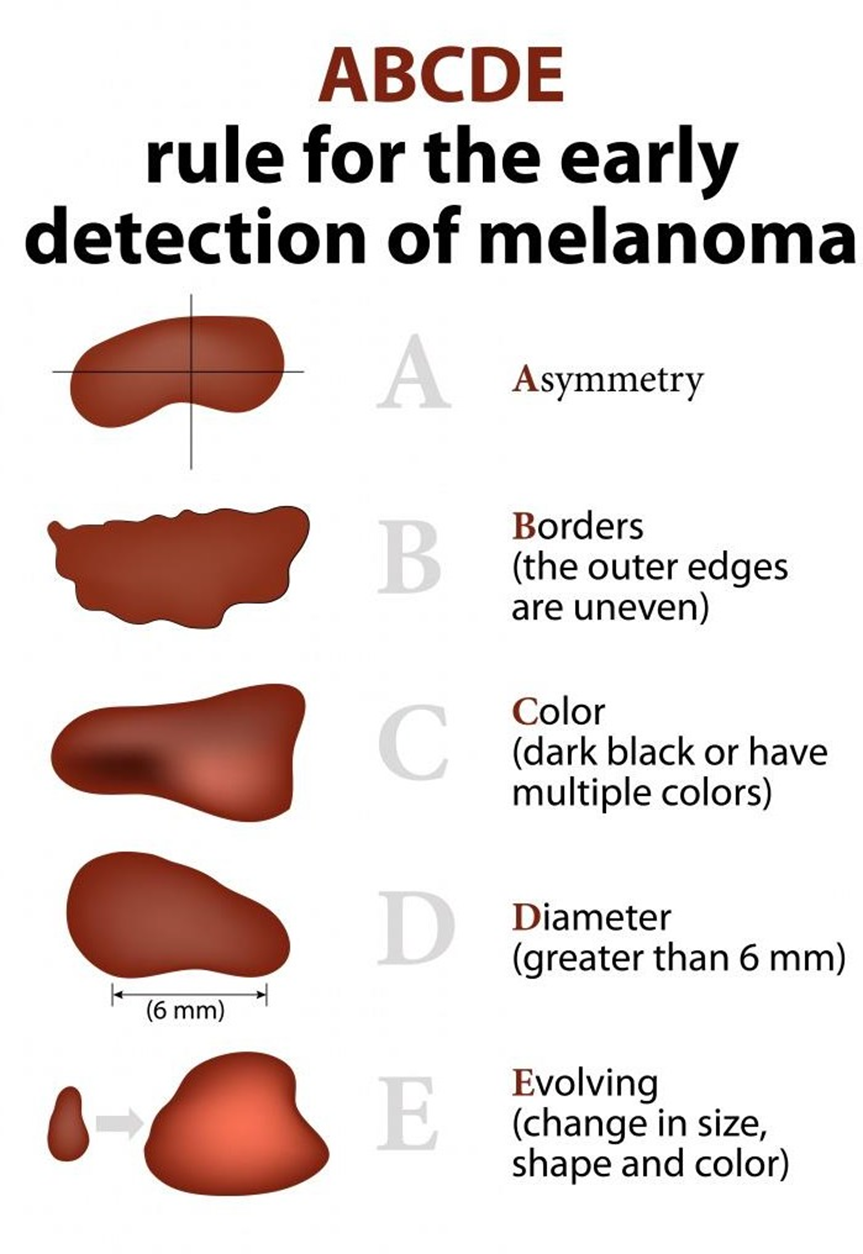A nurse is performing a dressing change for a client who has a sacral wound using negative pressure wound therapy. Which of the following actions should the nurse take first?
Determine the client's pain level.
Irrigate the wound with 0.9% sodium chloride irrigation.
Apply skin preparation to wound edges.
Don sterile gloves.
The Correct Answer is A
A.
A. Assessing the client's pain level is the first step to ensure appropriate pain management during the procedure.
B. Irrigating the wound comes after assessing the client's pain level and preparing the wound for the dressing change.
C. Applying skin preparation to wound edges is part of the preparation process but should come after assessing the client's pain level.
D. Donning sterile gloves is necessary for the procedure but should come after assessing the client's pain level.
Nursing Test Bank
Naxlex Comprehensive Predictor Exams
Related Questions
Correct Answer is B
Explanation
A. A fundal height of 2 fingerbreadths below the umbilicus in a client who is 2 days postpartum is within the expected range for that time frame and does not require immediate assessment.
B. A client who is 1 day postpartum and has not voided in 8 hours may be at risk for urinary retention, which can lead to complications such as bladder distension or urinary tract infection. Prompt assessment and intervention are needed.
C. Not having a bowel movement since prior to admission is not an urgent concern in the
immediate postpartum period, especially if the client is otherwise stable and not experiencing discomfort or other symptoms.
D. Lochia serosa, which is the normal vaginal discharge that occurs 3 to 10 days postpartum, is not an urgent concern and does not require immediate assessment.
Correct Answer is A
Explanation
A.
A. Asymmetric lesions with variegated (multiple) colors are characteristic features of melanoma, a type of skin cancer. Asymmetry means one half of the lesion does not match the other half in size, shape, or color.
B. Scaly and red lesions may indicate other skin conditions such as eczema or psoriasis but are not specific to skin cancer.
C. Brown lesions with a wart-like texture may indicate seborrheic keratosis, a benign skin growth, rather than skin cancer.
D. Firm and rubbery lesions may indicate benign skin tumors such as fibromas or lipomas, rather than skin cancer.

Whether you are a student looking to ace your exams or a practicing nurse seeking to enhance your expertise , our nursing education contents will empower you with the confidence and competence to make a difference in the lives of patients and become a respected leader in the healthcare field.
Visit Naxlex, invest in your future and unlock endless possibilities with our unparalleled nursing education contents today
Report Wrong Answer on the Current Question
Do you disagree with the answer? If yes, what is your expected answer? Explain.
Kindly be descriptive with the issue you are facing.
